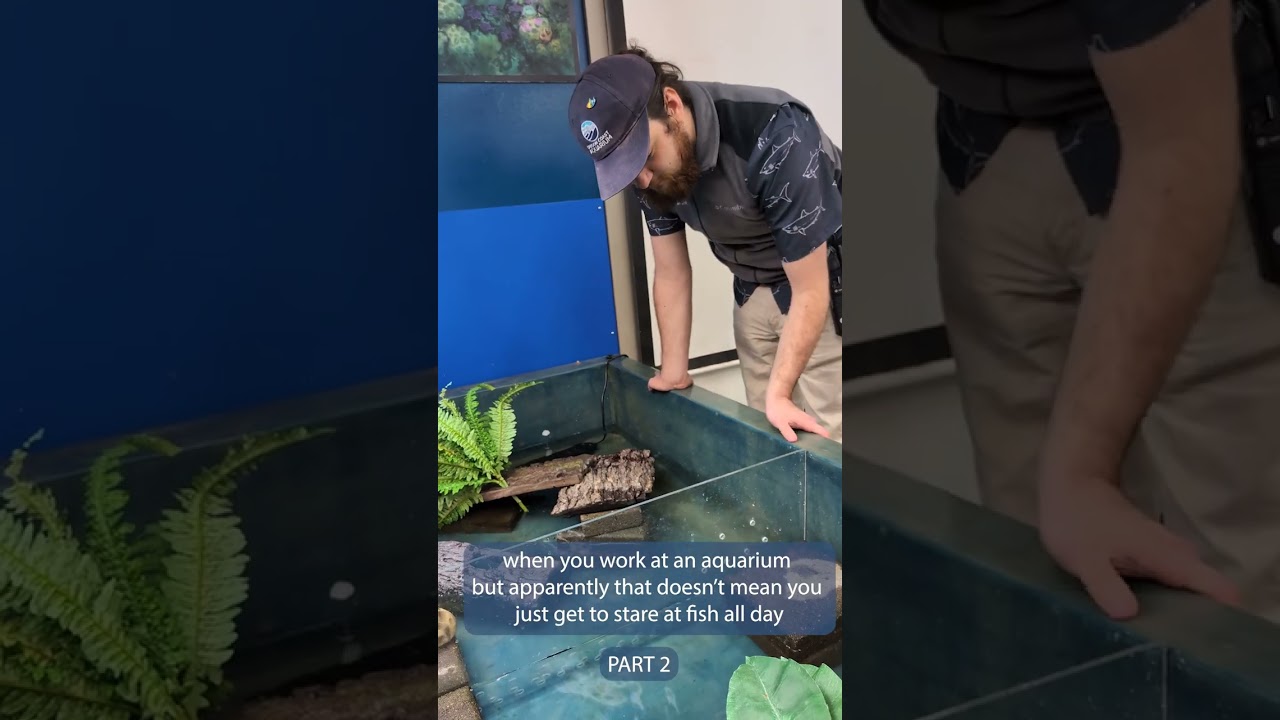- Understanding the importance of aquatic animal observation beyond just staring at fish.
- Exploring the behavioral complexity and ecological significance of fish and their habitats.
- The role of zoology and wildlife conservation in sustaining fish populations and aquatic ecosystems.
- The impact of human activities on aquatic environments and the necessity of active engagement in conservation efforts.
- Discussing how zoo management practices integrate educational initiatives to enhance public awareness about aquatic life conservation.
Aquatic environments are vibrant ecosystems where various species, including fish, demonstrate intriguing behaviors. It may seem straightforward to sit back and simply gaze at the mesmerizing movements of fish in aquariums or natural habitats. However, to truly understand these creatures, one must delve deeper than mere visual observation. The complexities of fish behavior, ecological roles, and the threats they face necessitate a comprehensive approach to their study and conservation.
Fish display a multitude of behaviors that are vital to their survival and the health of their ecosystems. These behaviors include mating rituals, territory marking, and predator avoidance strategies. For instance, certain species of cichlids are known for their complex social structures, which involve intricate mating dances and cooperative breeding systems. Such behaviors are critical for maintaining genetic diversity and population stability.
Ecologically, fish play significant roles in their environments. They contribute to nutrient cycling and energy flow within ecosystems. Predatory fish help regulate the population of their prey, maintaining a balance that prevents the overpopulation of any single species. Herbivorous species, like some types of parrotfish, are crucial to coral reef ecosystems, as they graze on algae that could otherwise overgrow and suffocate coral reefs.
Conservation efforts are paramount in maintaining these ecological balances. Fish populations face numerous threats, primarily due to human activities such as overfishing, habitat destruction, and pollution. For example, indiscriminate fishing practices, such as trawling, can cause significant damage to aquatic habitats, disrupting the delicate balance of these ecosystems. Furthermore, pollution from agricultural runoff, plastic waste, and chemical contaminants poses a significant threat to water quality, affecting both freshwater and marine life.
In this context, zoology and wildlife conservation become essential. These fields work together to study the life histories, behaviors, and ecological impacts of fish, informing conservation strategies aimed at protecting them. Research initiatives focus on understanding the breeding habits, migration patterns, and habitat requirements of fish. These studies provide the scientific basis for establishing marine protected areas and developing sustainable fishing practices.
Additionally, education plays a crucial role in fostering awareness and appreciation for aquatic life and its conservation. Zoos and aquariums serve as platforms for public engagement and learning. Through interactive exhibits and educational programs, these institutions aim to increase public knowledge about the challenges faced by aquatic ecosystems and the importance of conservation efforts.
Zoo management practices have evolved to prioritize the welfare of aquatic animals, incorporating elements that simulate natural habitats. These include water quality management, habitat enrichment, and social integration of species. By creating environments that closely mimic natural conditions, zoos and aquariums enhance the well-being of captive fish, allowing them to exhibit natural behaviors.
Moreover, collaborations between zoos, conservation organizations, and research institutions are increasingly important. Joint efforts aim to develop effective conservation strategies and sustainable management practices that benefit both captive and wild fish populations. Such partnerships facilitate the exchange of knowledge and resources, amplifying the impact of conservation initiatives.
For individuals and communities, active participation in conservation activities is key. Simple actions, such as reducing single-use plastics, supporting sustainable seafood choices, and participating in local conservation projects, contribute to the overall health of aquatic environments. Engaging with community outreach programs and educational campaigns can amplify these efforts, fostering a culture of conservation and responsibility towards aquatic life.
Instead of merely staring at fish, science invites us to engage actively with the dynamic underwater world. Understanding the roles that fish play within their ecosystems and recognizing the factors threatening their survival is crucial to mounting effective conservation efforts. By participating in these efforts, we can help ensure healthy aquatic ecosystems for generations to come. As stewards of the planet, our responsibility extends to all living beings, including those beneath the waves.
*****
Source Description
We love what we do–but we’ll admit, we don’t just stare at fish all day! Everyone at the #OregonCoastAquarium has a variety of duties.
A few examples: our custodial team works incredibly hard to keep our facility crazy clean (something that’s consistently praised in our reviews!), our cafe staff provide us with fuel, animal care staff spend SO MUCH time washing dishes, and we all put in the effort to make the Aquarium experience a positive one!
#oregoncoastaquarium #oregoncoast #animalcare #yshorts


